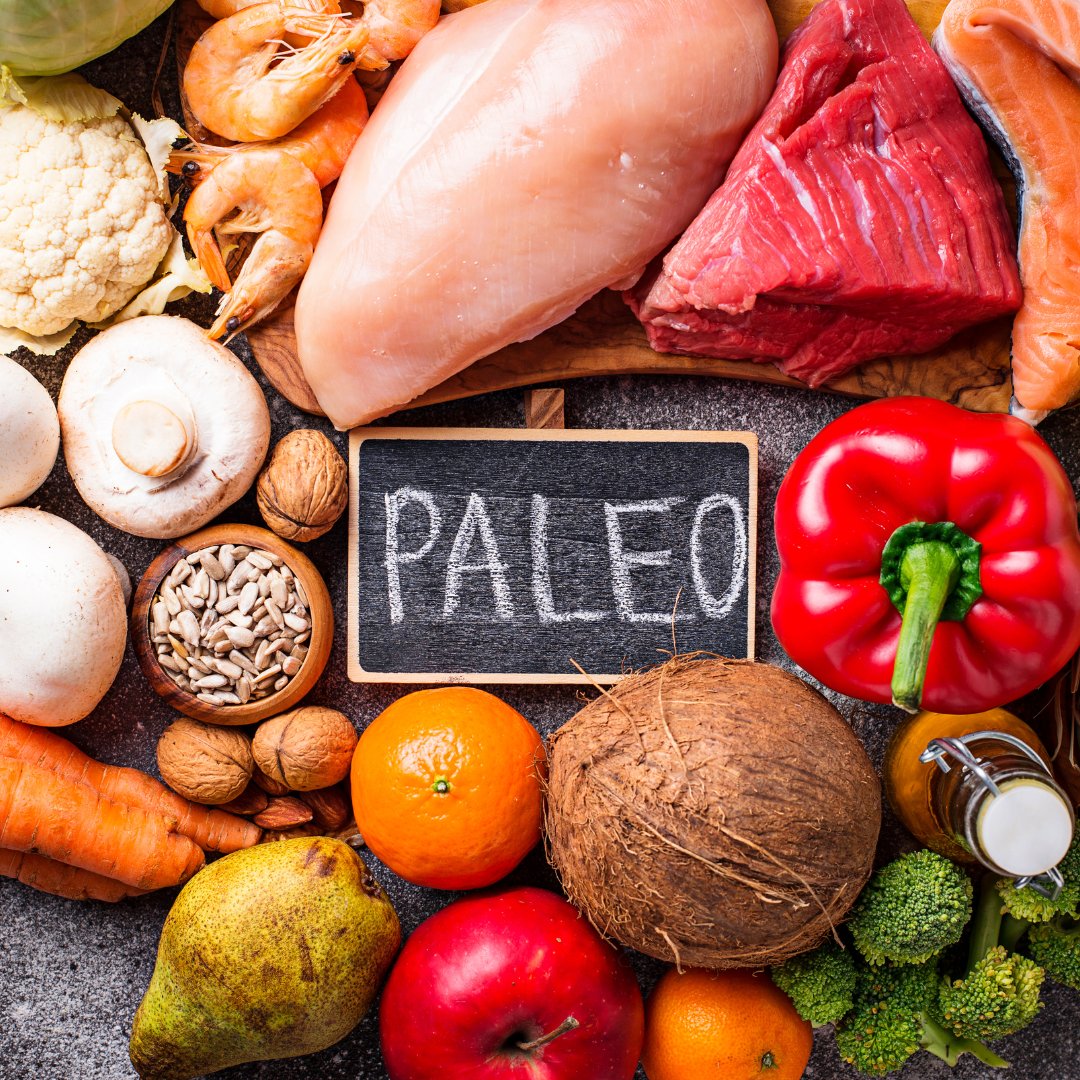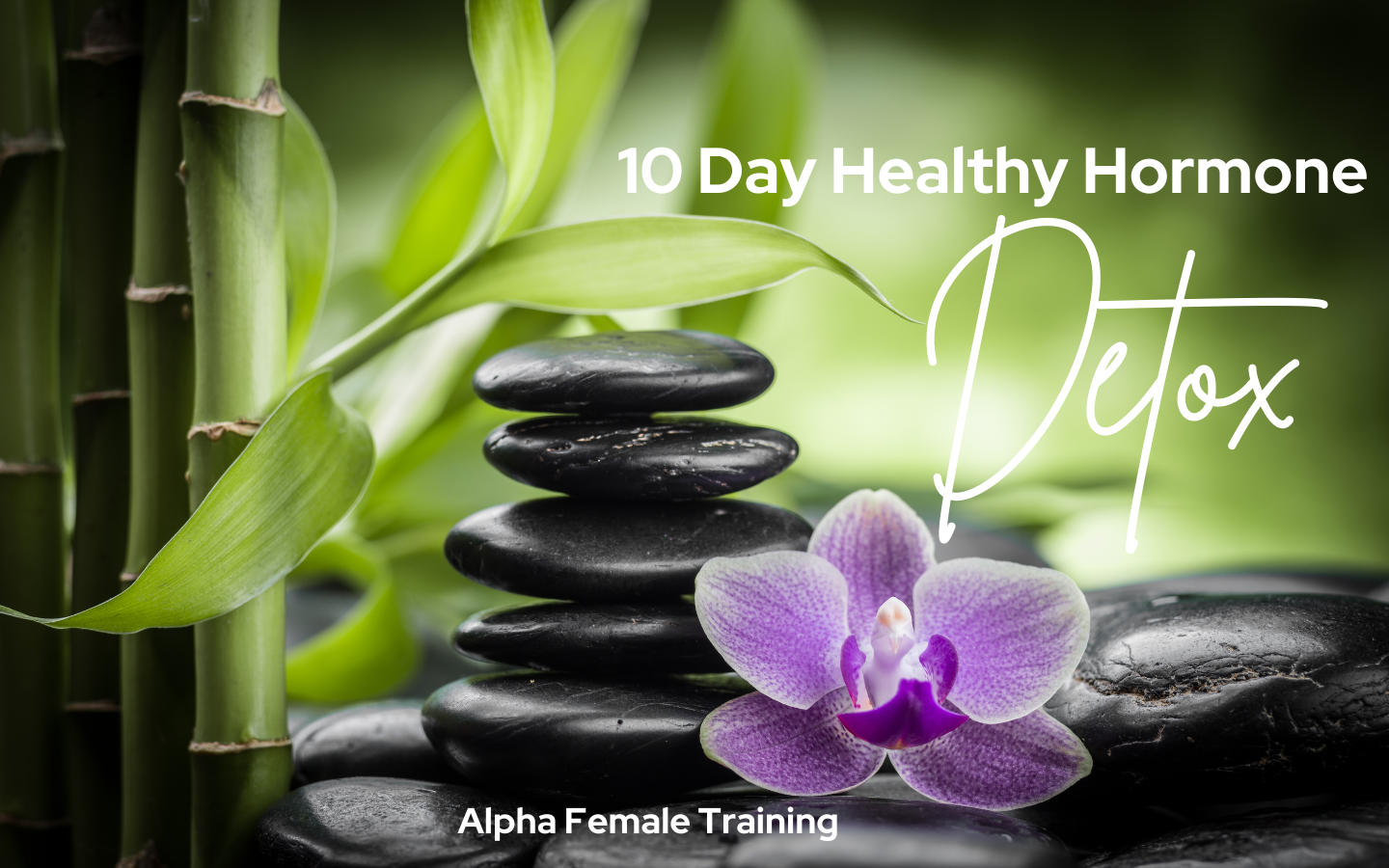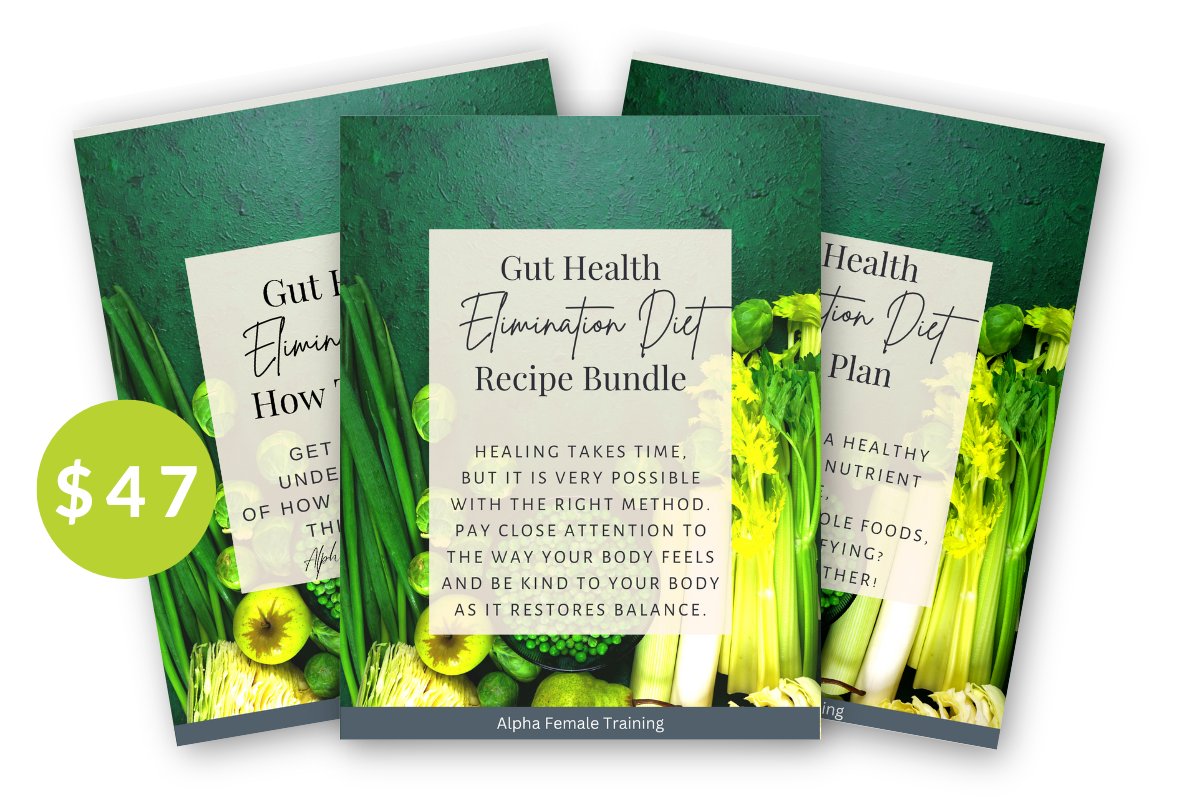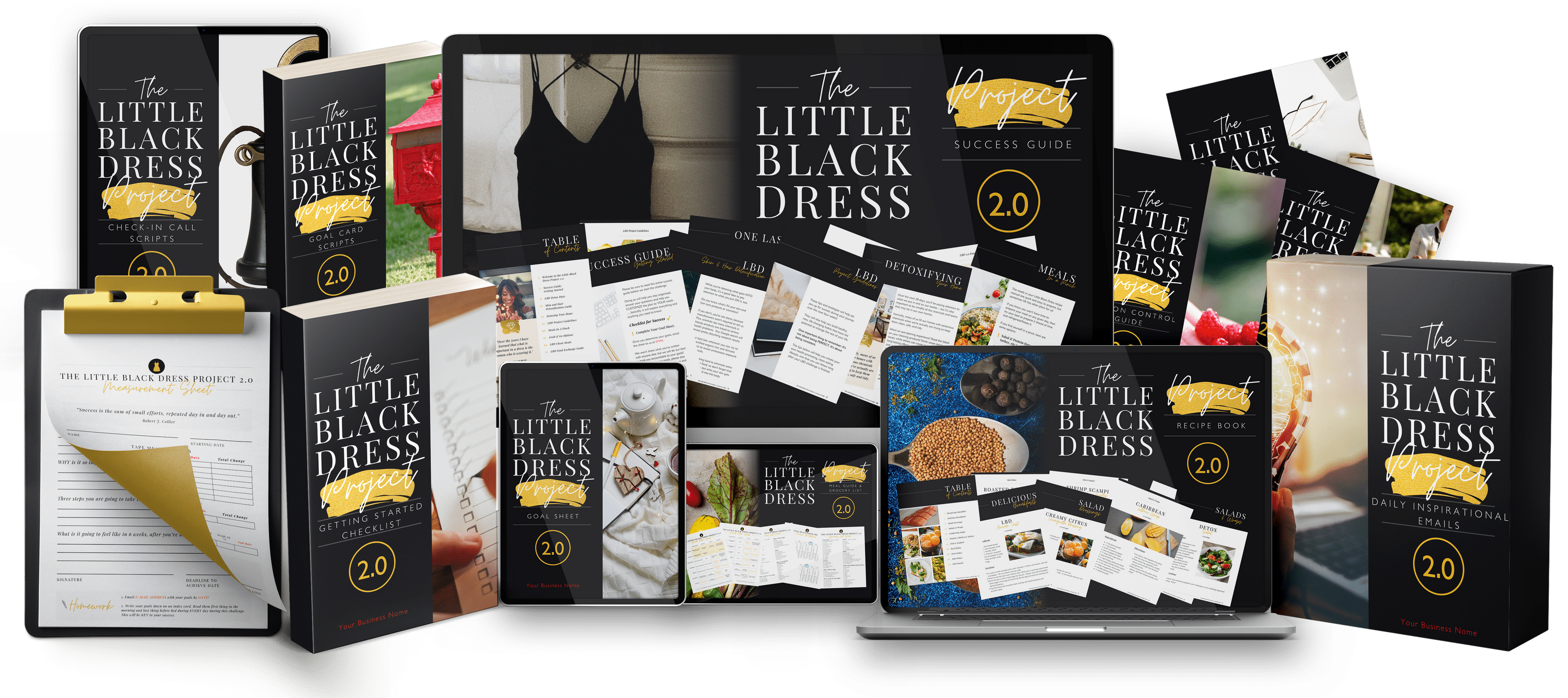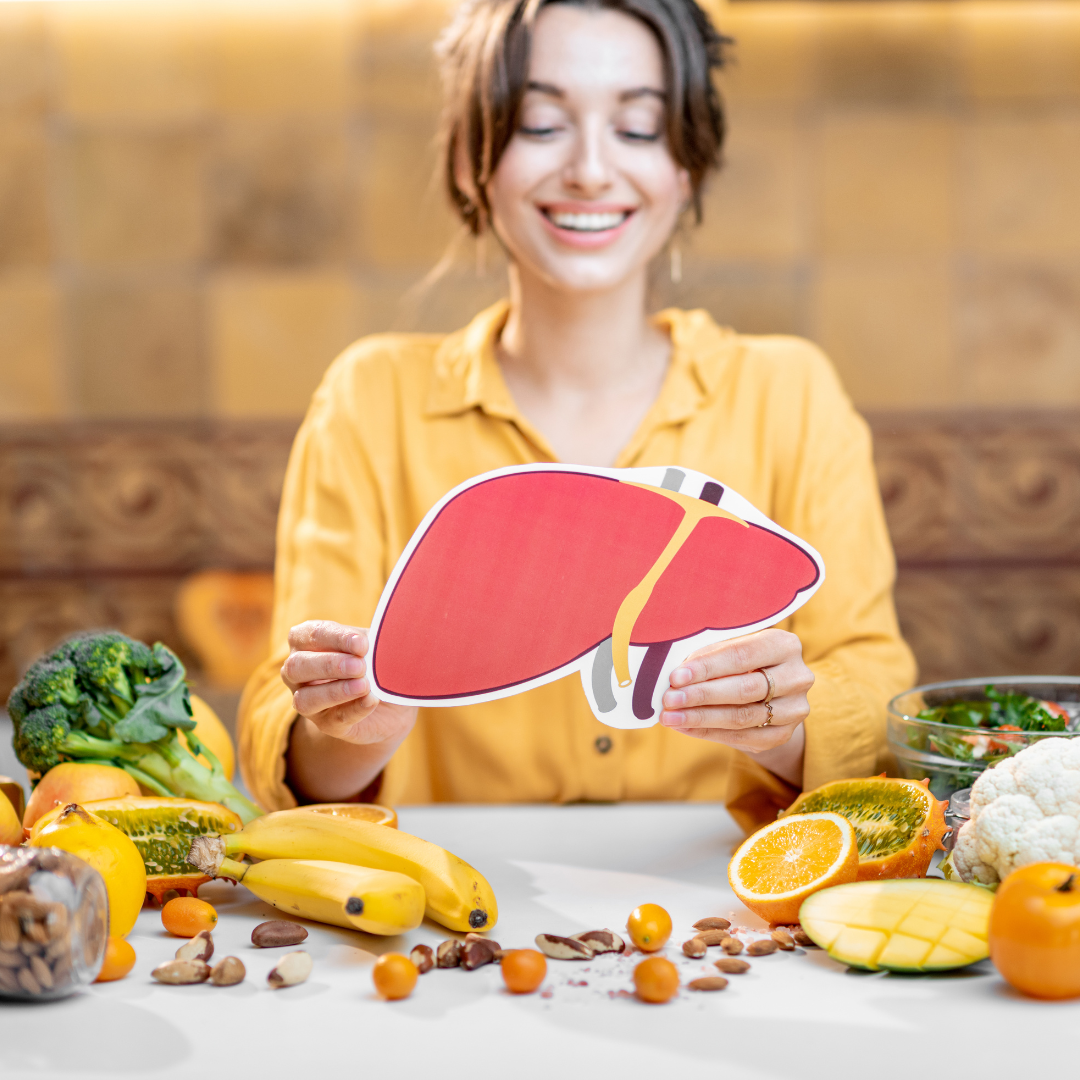Sneaky Names for Sugar (60+!)
You might have endearing terms like "sweet thing" or catchy songs about sugary treats playing in your mind, but let's put aside the cute nicknames and nostalgic tunes for a moment and realize that labels use over 60 different sneaky names for sugar...
The harsh reality is that sugar is commonly added to many processed foods, and manufacturers often use various types of sugar under different names to conceal the actual amount.
Dealing with food cravings can be a real struggle, especially when it comes to sugar cravings!
If you're a woman over 40 trying to lose weight and find yourself yearning for sugary delights (sometimes quite strongly), it's important to understand that your body may be craving sugar for energy and optimal functioning. These cravings can stem from rewards, habits, or even psychological factors, as much as they are physical.
Let's add a touch of sweetness to the matter and explore several healthy, natural sweeteners and sugar alternatives. I've also prepared a simple recipe for No-Bake Protein Bars that contains no added sugar, only wholesome dates for a hint of sweetness!
Discover the complete details about sweeteners and give my latest blog post a read, where you'll find the full scoop on sugar and a chance to try my new high-protein recipe. It's designed specifically for women over 40 who are aiming to shed some pounds.

What causes sugar cravings?
Reportedly up to 97% of women and 68% of men say they experience some sort of food craving, including cravings for sugar.
Your body may experience a craving for the sweet stuff (sometimes rather intensely) because it needs sugar to function optimally, and for an energy boost. Sugar cravings can be just as reward-based, habitual or even psychological as much as they are physical. Common reasons for craving are:
- Poor sleep
- In response to high stress
- Dehydration
- Skipping meals, and unbalanced diet - including too little carbohydrate (and sugar) intake
- Nutrient deficiency, including low iron levesl
- Using too many artificial sweeteners
- Always using sugar/sweet food as a reward
- Depression and depressed mood
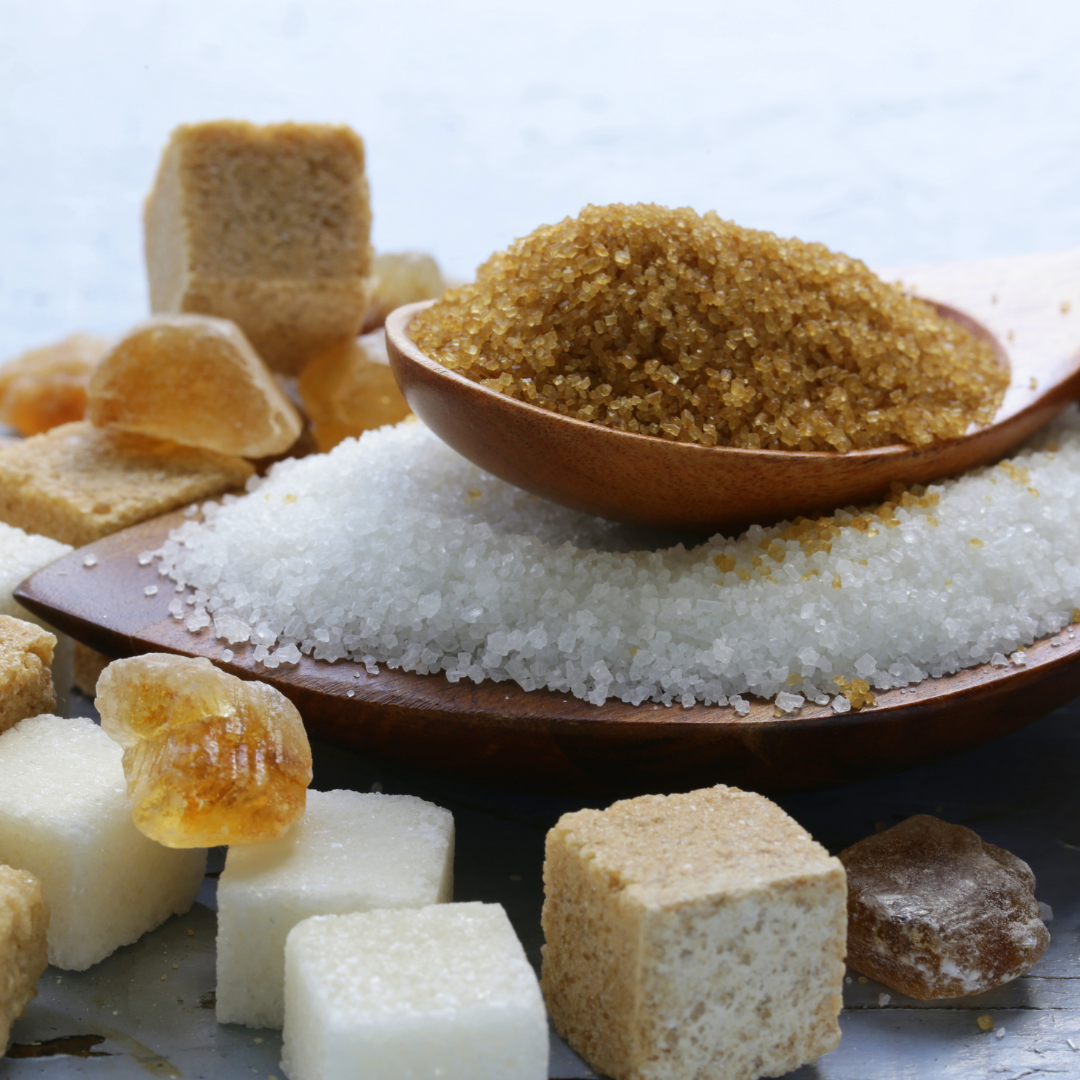
The sneaky names for sugar that may be hiding in your cupboard right now!
If you think about it, it’s no wonder we crave sugar so often (and intensely) as it’s literally everywhere - and avoiding it is no easy task either.
Here are two of the simplest ways to identify hidden sugars:
Look for ingredients listed on packaged foods ending in -ose and ingredients or foods labeled as ‘syrup’ -- both are just code for SUGAR!
Here are 60+ Sneaky Names For Sugar!
● Agave nectar
● Barbados sugar (also called muscovado sugar)
● Barley malt & barley malt syrup
● Beet sugar
● Brown sugar
● Buttered syrup
● Cane juice & cane juice crystals (sometimes called dehydrated or evaporated cane juice)
● Cane sugar
● Caramel
● Carob syrup
● Castor sugar (or baker’s sugar)
● Coconut sugar (or coconut/palm sugar)
● Confectioner’s sugar (or powdered/icing sugar)
● Corn sweetener/syrup & corn syrup solids
● D-ribose
● Date sugar
● Demerara sugar
● Dextrin
● Dextrose
● Erythritol
● Fructose & crystalline fructose
● Fruit juice & fruit juice concentrate
● Galactose
● Glucose & glucose solids
● Golden sugar
● Golden syrup
● Granulated sugar
● Grape sugar
● High-fructose corn syrup (HFCS)
● Honey
● Hydrolyzed starch
● Invert sugar (or liquid invert sugar)
● Jaggery
● Malt syrup
● Maltodextrin
● Maltol
● Maltose
● Mannose
● Maple syrup
● Molasses
● Panela sugar
● Panocha cane sugar
● Raw sugar
● Refiner’s syrup
● Rice syrup (or brown rice syrup)
● Saccharose
● Sorghum syrup
● Sucrose (“table sugar”)
● Sweet potato syrup
● Sweet sorghum
● Tapioca syrup
● Treacle
● Turbinado sugar
● Yacon syrup
● Yellow sugar
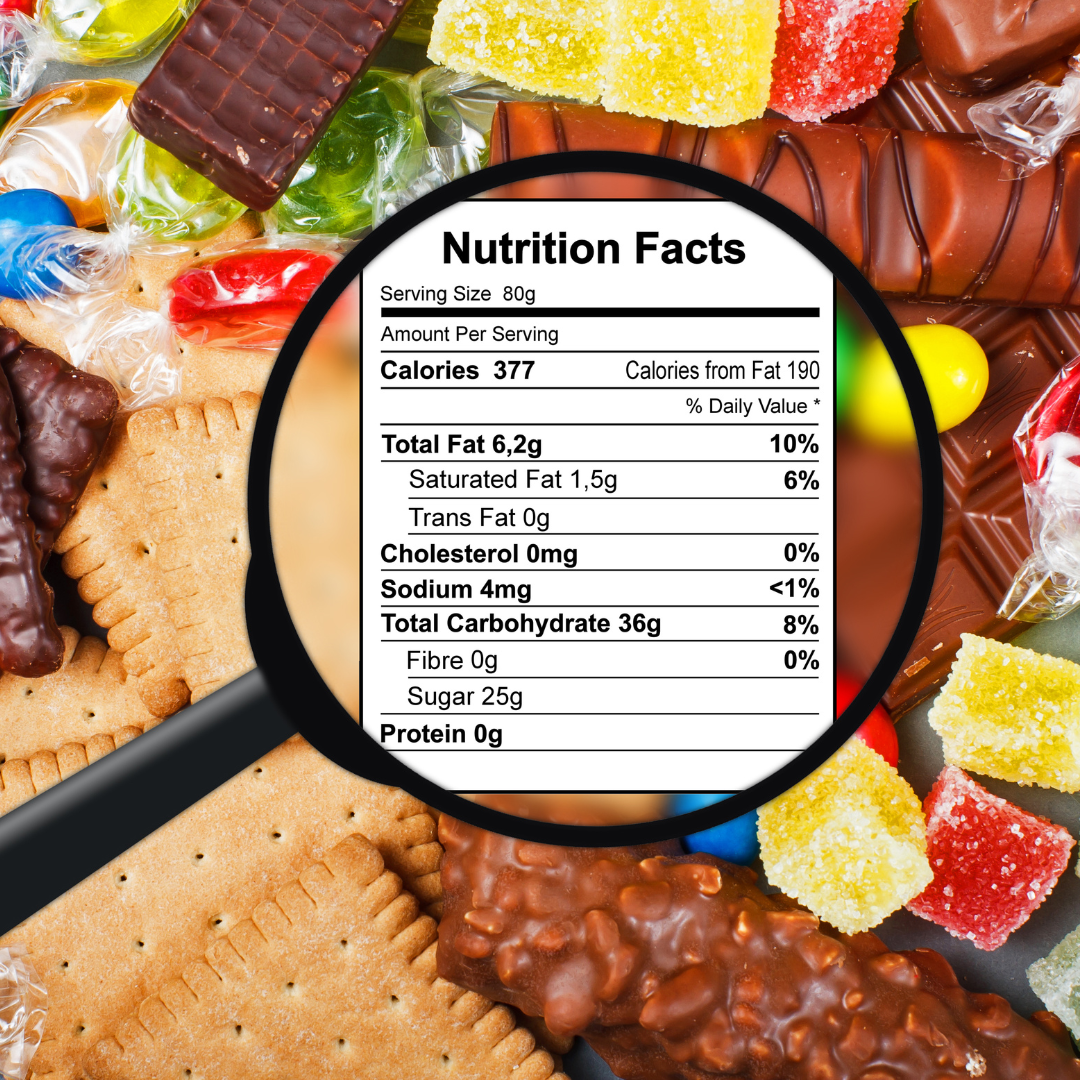
Keep It Sweet But Keep It Natural
There's no need to completely avoid naturally occurring sugars found in whole foods such as fruits and vegetables. While they do contain small amounts of carbohydrates (sugar), they also provide valuable nutrients and health-promoting compounds like fiber and antioxidants.
However, the negative effects of sugar consumption, which we often hear about in the media, are primarily linked to the excessive amount of added sugar present in the typical Western diet.
To effectively reduce your overall sugar intake, the best approach is to focus on a diet that includes plenty of whole and unprocessed foods. However, when purchasing packaged foods, it's important to be mindful of the sneaky names for sugar that manufacturers use on their product labels.
FUN FOOD FACT: The sugar you find at the grocery store is typically a "centrifugal sugar product," meaning that the crystals have been separated from the molasses through a refining process.
Interestingly, most products labeled as "brown sugar" are actually just granulated sugar with a molasses coating sprayed back onto it.
When it comes to shopping for sweeteners, it's important to be a smarter consumer and not get swayed by claims of "all natural," "unrefined," or "organic" on sweetener packages.
While these claims may be true, it doesn't automatically mean that the product is healthier, contains fewer grams of sugar, fewer calories, or offers any specific health benefits. Always be cautious of the "health halo," particularly when dealing with packaged foods.
However, if you do need to purchase a sweetener or use one in a recipe (like my Protein Bar recipe below), here are the top 10 natural sugar alternatives to consider:
- Xylitol (derived from birch sugar)
- Erythritol
- Raw/unrefined honey
- Pure maple syrup
- Stevia
- Coconut (palm) sugar
- Medjool dates/date sugar
- Monk fruit
- Blackstrap molasses
- Yacon
These options can serve as healthier alternatives to traditional granulated sugar.
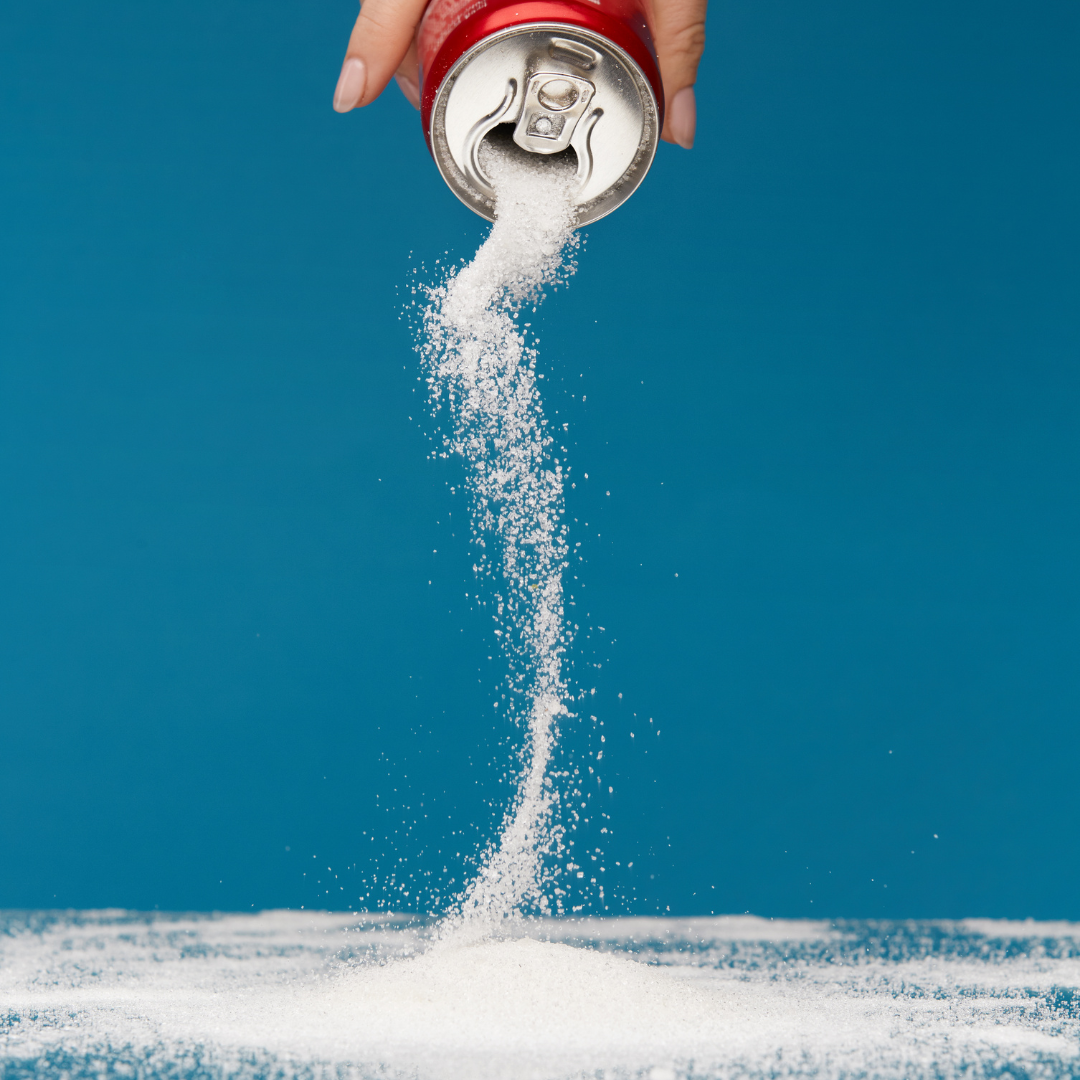
It's time to take a closer look at your cupboards and identify any of items using sneaky names for sugar that I've listed that may have been hiding in plain sight!
Once you've identified them, it's worth considering replacing these sugars with more natural alternatives. Not only will this help minimize the negative impact on your health, but it may also assist in curbing those persistent sugar cravings!
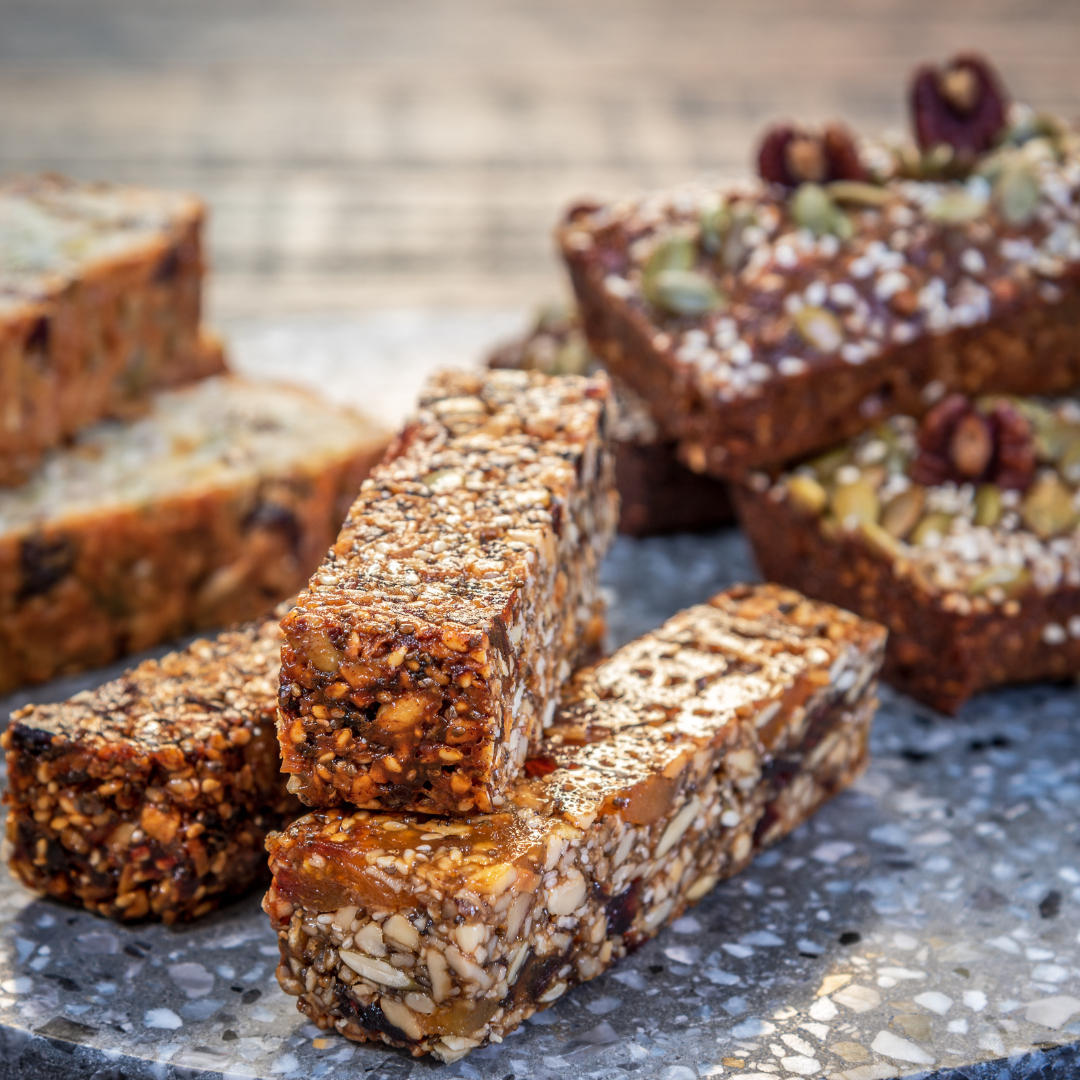
No-Bake Protein Breakfast Bars
There’s no better way to fight sugar cravings than with a regular dose of protein, healthy fats and some natural sweetness - all in a convenient grab ‘n go bar!
Ingredients
2 cups pitted dates (soaked in ½ cup water for 30 mins; retain soaking water)
1 ½ cups vegan protein powder (can be vanilla or chocolate flavoured if desired, but unsweetened)
1 cup raw walnuts or pecans
½ cup raw sunflower seeds
⅓ cup chia seeds
¼ cup coconut flakes, unsweetened
¼ cup hemp seeds
3 tbsp raw cacao powder
Preparation
Place soak dates & soaking water in food processor, process on low until a smooth paste forms. (Be sure the dates were pitted!)
Add all remaining ingredients to date paste and blend for 15 - 30 seconds until well incorporated.
You may have to use a silicon spatula to scrape down the sides, then blend again for a few seconds.
Scrape mixture out and press into a square pan that has been covered with parchment paper.
Let sit in the fridge for a few hours to harden (or overnight), then gently pull from pan (teasing out with the edges of the parchment), place on a cutting board and cut into snackable bars.
Place bars into a tightly sealed container. Can be refrigerated for 2 weeks or frozen for up to a month.
NOTE: freezing, then thawing may cause bars to get a bit “crusty” around the edges.


